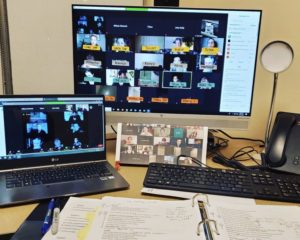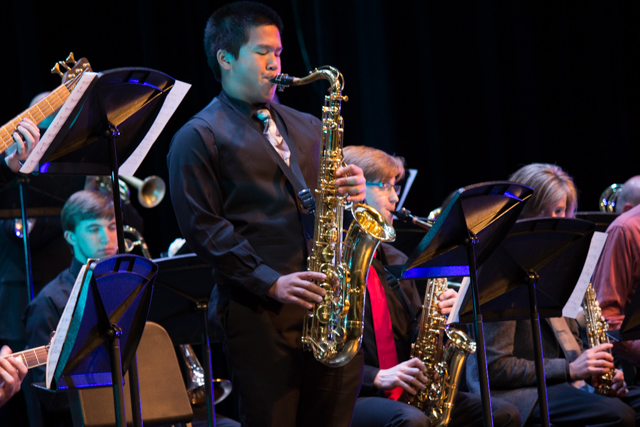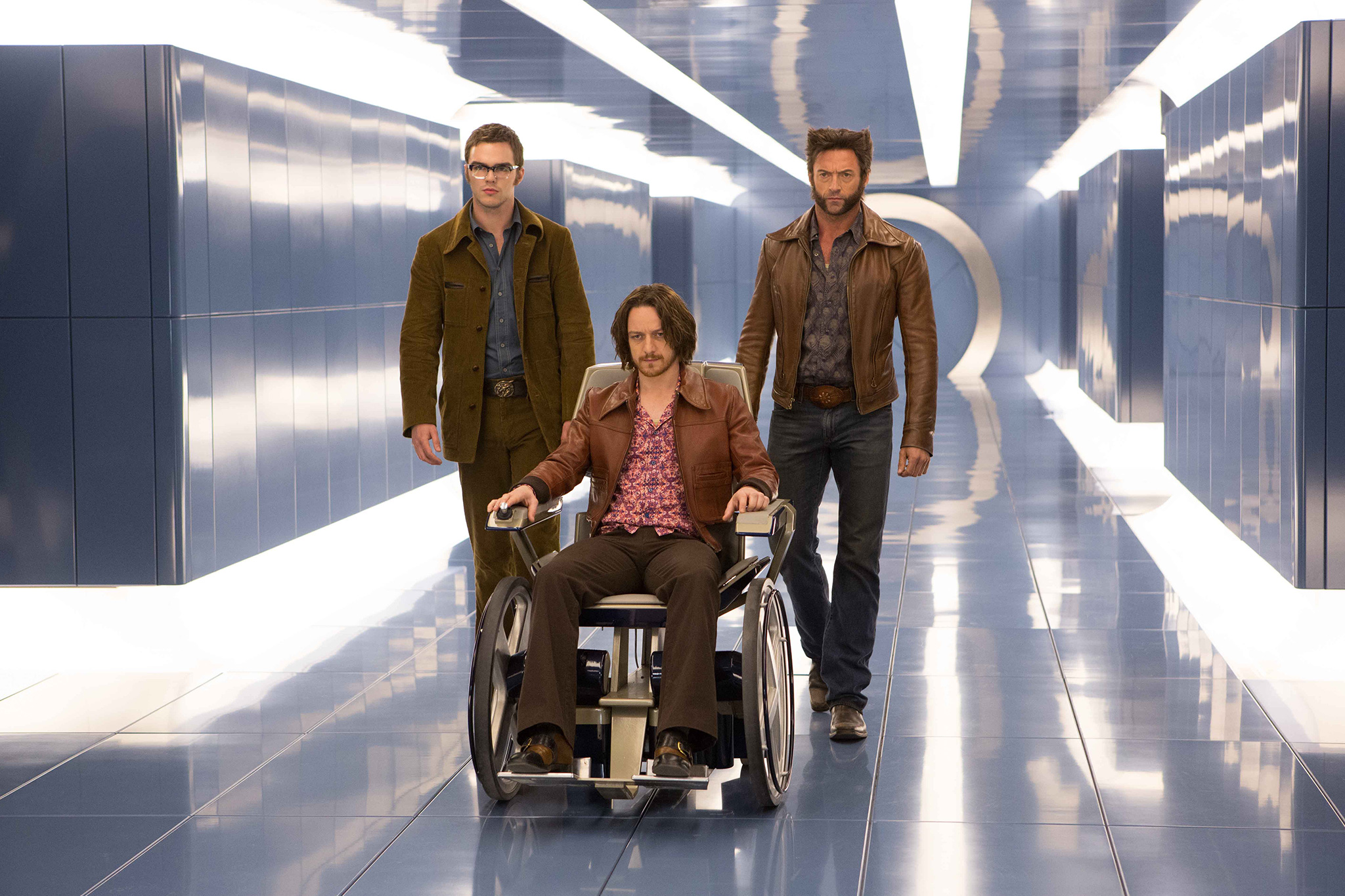The times we live in are cold and alien. The sky is grey, and the warm sparks of comfort remain distant. While the times may be rough, and appetites for normalcy rampant, LPC’s performance of “Romeo and Juliet” may help a charming bit of theatrical familiarity find its way into your evening.
In our ever isolated world, LPC’s “Romeo and Juliet” pops the bubble of distance and brings a familiar story tantalizingly close.
The first virtual showing of LPC’s “Romeo and Juliet” was broadcast at 7:06 p.m. on Friday, Oct. 2. The broadcast was the first-ever LPC production to be produced entirely under social distancing conditions.
Despite the constraints placed upon the performance, LPC’s “Romeo and Juliet” portrays the character and drama of Shakespeare’s work. Through an unconventional medium, “Romeo and Juliet” embodies the classic story in all its depth. Through a delicate dance of positioning, acting, dialogue and scene setters, the cast creates an atmosphere that, while lacking a literal set-piece, conveys the ambiance that one would expect of the world that Shakespeare’s characters inhabit.
The expressive atmosphere of the performance is an even greater feat to behold when considering that the entire play was produced and acted with minimal physical contact. During the vast majority of the play, none of the actors appeared to be in the same location. Notably, there is an exception to this rule in Act I, Scene 5 in which the actors seem to be present in the same location during what can only be assumed to be a prerecorded segment.
While the play is certainly a momentous accomplishment, it is also not without flaw. To understand the familiarity and experience the play may bring one must first understand:
The Good
Romeo and Juliet features a wonderful cast, creative use of virtual setting and positioning, and many scenes that subtly draw the viewer deeper into the story. The ingenuity shown in getting these scenes to work in a purely digital format shines through and remains consistent throughout the performance. While not all characters have everything down to a point, the majority of the acting is expressive, deliberate and quite entertaining.
Acting
A bit of acting that one may particularly enjoy is the wondrous dramatics of Danny Georgiev and Liva Langer playing Romeo and Juliet, respectively. Georgiev and Langer effortlessly bring their characters to life, taking several of the scenes from good to fantastic. Along with the stars of the show, the performances of all the main cast including Kyle Burgess, Stephanie Foster, Martie Muldoon, and Salim Razawi show real dedication and bring their characters genuine life and emotion.
Detail
Upon initial impression, one may think that a play performed in the manner of LPC’s “Romeo and Juliet” would suffer significantly in aspects of staging and visuals. While it is true that some scenes are thematically dull, a good portion of the performance displayed a fine attention to detail.
For example, lighting was considered in many scenes. In Act III, Scene 1 in which Tybalt dies, it is clear that the cast has taken a deliberate choice to make the scene dark. In support of the atmospheric change, when the fight between Tybalt and Mercutio breaks out, there is a universal change in camera angle, mimicking the thematic shift in a simple but subtle way.
Though different from traditional staging, the performance repeatedly elicits a substantive atmosphere using novel methods. The result is a deep atmosphere conveyed in spite of expectations, drawing the story closer to the viewer than one might expect.
Overall, the play is a wonderful and entertaining experience perfect for a casual watch. However, due to the novel and experimental nature of the production, it has its fair share of bumps and hiccups.

The Bad
The play had far too many technical problems for a live performance. In order of importance:
- At multiple points throughout the play, the call ringtone for the video program used to stage the play was broadcast. On occasion, this drowned out dialog. While this problem may not be earth-shattering, the consistency at which this happened makes it the most significant technical problem of the production.
- The video and audio quality was notably low quality for certain portions of the play, with low frame rates causing both audio and video to be jittery at times. While not bad enough to destroy the play’s viewability, viewers may need a minute or two to get acclimated to the video.
- In certain portions, costume continuity was not kept particularly well. In particular, the (presumably) pre-recorded Act 1, Scene 5 had completely different costumes from scenes prior. Despite this, It is fairly impressive how costume changes were cleanly implemented for the other live portions of the play.
- The play had a false start, and at one point an actor received a phone call that they presumably had forgotten to silence.
- Actors were accidentally left muted twice. However, this was not as immersion breaking as one would expect.
The technical aspects of the play’s delivery are, without a doubt, flawed. But, if one is willing to suspend disbelief, the play still can convey the illusion of theater and create the story as intended.
People who have attended the second performance have said that there are fewer technical issues, however it is still worth noting that these issued happened.
There are two sides to every coin, however. The question of present remains: Should you spend a couple of coins to see the play?
Is It Worth Seeing?
In this reviewer’s opinion, unequivocally, yes. LPC’s production of “Romeo and Juliet” is entertaining and a unique experience to watch. The blend of the familiar writings of Shakespeare combined with creative new perspectives designed by this year’s team creates an interesting and fresh feeling experience. While weak in technical aspects, the strength of actors and the attention to detail hold the play together into an amicable, enjoyable, refreshing and ultimately worthwhile experience.
Han Nelson is the A&E Editor of The Express. Follow him @SCP_TLDR.




